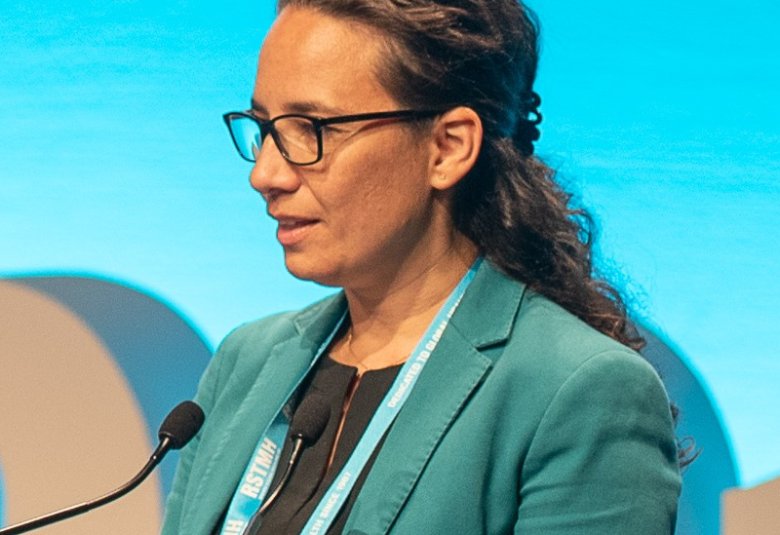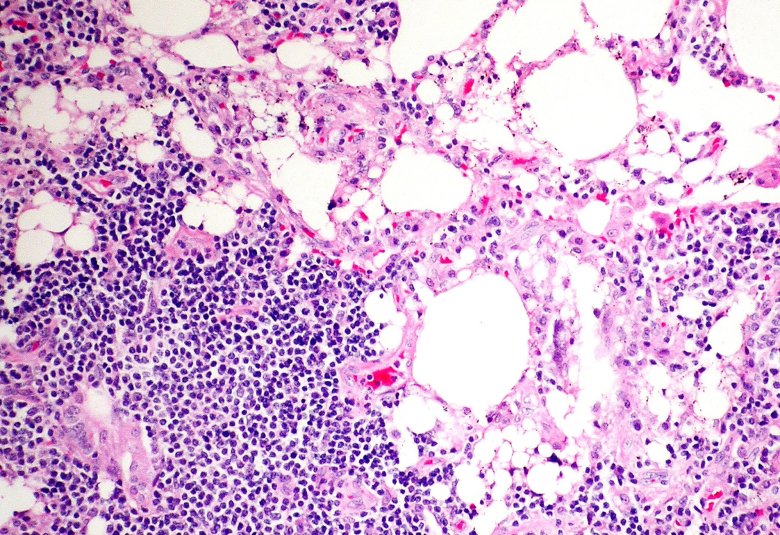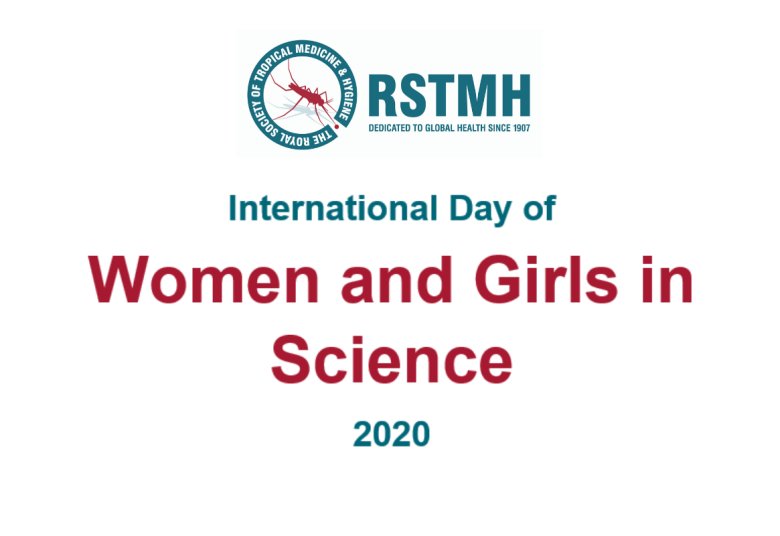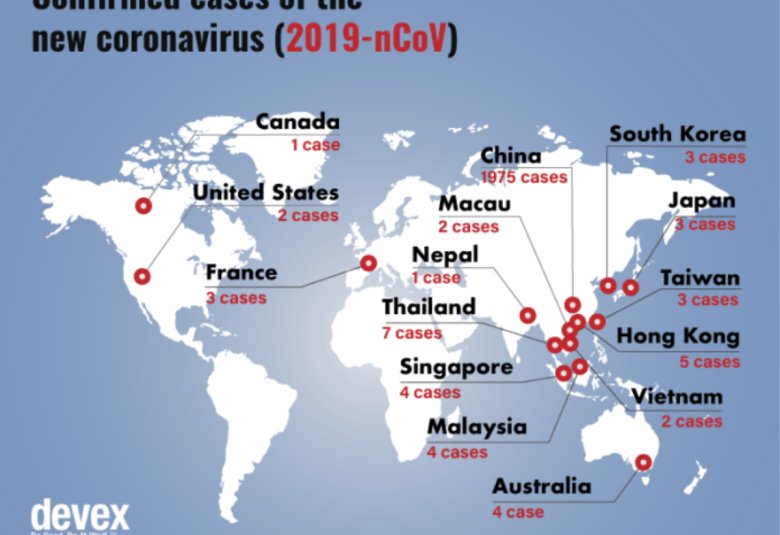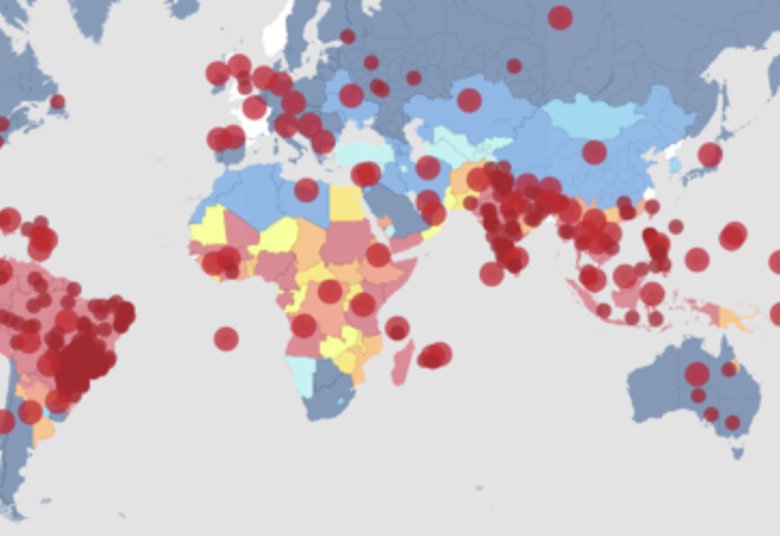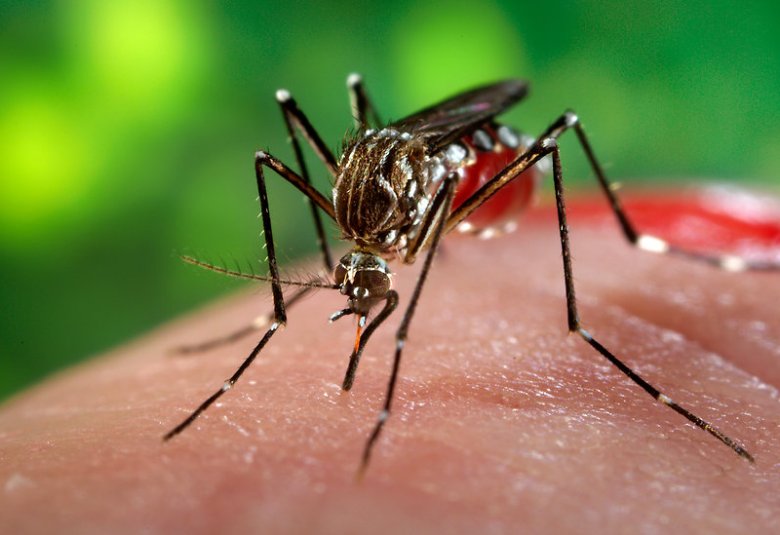HIV positive groups in Uganda: retention in care, virologic suppression and associated factors
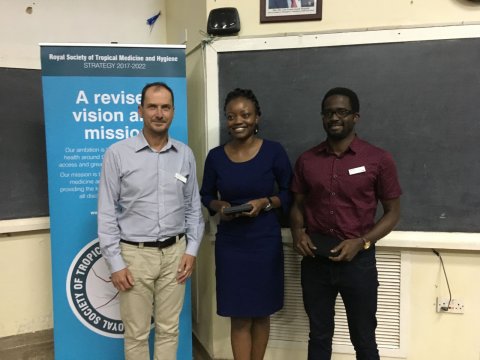
Being passionate about clinical medicine and research, particularly in HIV and related infectious diseases especially in vulnerable and marginalised populations, I was thrilled to be able to present my research on HIV, sex workers and men who have sex with men, at RSTMH’s East African Research in Progress meeting in Tanzania in September 2018.
According to the World Health Organization, key populations carry a disproportionately higher burden of HIV than the general HIV positive population, and contribute nearly 50% of the world’s new HIV infection rates. Yet in many countries, treatment programmes pay less attention to key populations than the general HIV positive populations.
My study sought to investigate the treatment outcomes of HIV positive key populations who were started on antiretroviral therapy from seven public health centres in the Ugandan capital Kampala, and to compare these outcomes with those of HIV positive controls (general population) also receiving care from the same centres. The treatment outcomes included virologic suppression, retention in care and factors associated with non-virologic suppression in both population groups, after completing six months of antiretroviral therapy.
Conducting the study
This was a cross sectional study that involved the review of medical records of both arms of patients (key and general populations), and was conducted from January to March 2018. The patients must have been enrolled in care at the health centres between December 2014 and December 2016, and completed at least six months of antiretroviral treatment.
Virologic suppression (defined as viral load below 1000 copies/ml blood) and retention in care (defined as active or inactive) were both expressed as proportions, while factors associated with non-virologic suppression (viral load above 1000 copies/ml of blood) were analysed using statistical methods (logistic regression models).
Main findings
The key populations comprised 45% of the total study participants. They were a younger population with a median age of 28 years, and had relatively high baseline CD4 cell counts, median CD4 count 447cell/mm3. However, they had low levels of optimal adherence to antiretroviral treatment at 71%.
The general HIV population comprised 55% of the study participants. They were relatively older with a median age of 32 years, and had relatively low baseline CD4 cell counts; median CD4 count 313 cells/mm3. They had higher levels of optimal adherence to treatment, at 92%.
Virologic suppression between the two population arms was similar: 86.1% in the key populations and 88.6% in the general population. This means that key populations can achieve comparable virologic suppression rates as the general HIV positive population.
Retention in care between the two population groups was significantly different, with 82.8% of the key populations remaining active in care after six months of treatment compared to 99% of the general population. This means that the key populations are more likely to drop out of care within the first few months of initiating antiretroviral treatment compared to the general population.
The significant factor that predicted non-virologic suppression in the key populations was the time duration between enrolment in care (registration in clinic) to initiation of treatment. We found that the key populations who took longer to start antiretroviral therapy (longer by a month or more from the time of enrolment in care), were 9.62 times more likely to achieve virologic suppression compared to those who immediately initiated antiretroviral therapy in under one month from enrolment in care.
This result likely reflects a gap in the preparation processes of the key populations for antiretroviral therapy.
The individuals who were immediately started on antiretroviral therapy were probably under-prepared or inadequately counseled before starting treatment.
What do these results mean?
The results emphasise the need to strengthen the retention in care efforts for key populations in the African setting, given their high drop-out rate after initiating antiretroviral therapy, approximating to 20%. There are probably hidden factors that contribute to the poor retention in care outcomes observed in key populations, which require further research and investigations.
In order to reduce the global transmission of HIV, UNAIDS established the 90-90-90 targets in 2014. These stand for: 90% of all people living with HIV to know their HIV status, 90% of people living with HIV to start antiretroviral therapy, and 90% of people on treatment to adequately suppress the HIV virus (virologic suppression).
Our study found that both the key populations and general population fall short of the third UNAIDS target, and more effort may be required in addressing issues that contribute to non-virologic suppression.
Our study found that key populations who delay initiation of antiretroviral therapy are more likely to achieve virologic suppression than those who immediately initiated treatment. We speculate that this may be caused by inadequacy of the pre-treatment preparations and counseling of these patients.
We recommend that key populations require closer follow-up and adequate counseling before starting therapy, in order to achieve good treatment outcomes.
Recommendations drawn from the study
We recommend that Ugandan HIV treatment centres that provide care to key populations, increase their retention in care and follow-up efforts in order to reduce the high rates of care drop-outs.
Secondly, we recommend large prospective cohort research studies in African key population groups to accurately investigate factors that contribute to non-virologic suppression and high rates of dropping out of care.
Personal reflections and awards
I was honoured to present my work at the RSTMH research meeting held in Moshi in Tanzania, and won a prize for best poster presentation. I appreciate the RSTMH for providing a platform for young African scientists to present their research work and develop collaborations for future research.
I am optimistic that the fight against HIV, especially in key populations will eventually be won, hopefully bringing an end to the HIV pandemic.
Dr Darius Owachi
